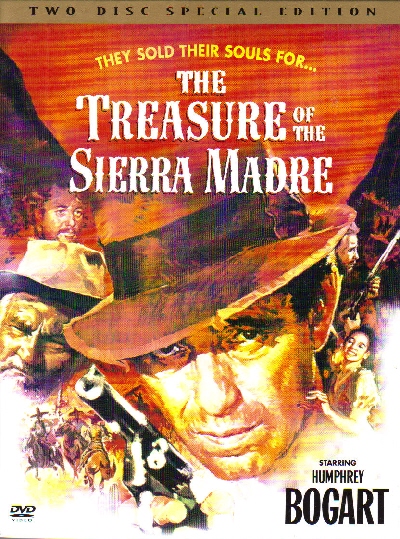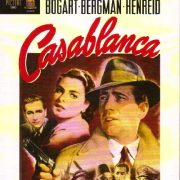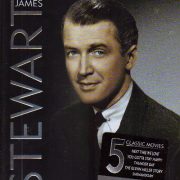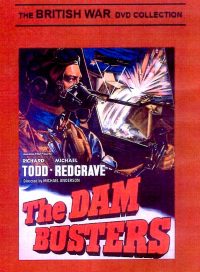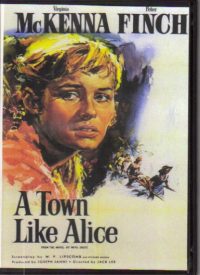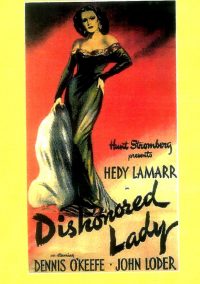The Treasure of the Sierra Madre (2-Disc Special Edition) (1948)
$24.98
1 in stock
Ranked at No. 30 on the American Film Institute’s list of the 100 all-time greatest American films, The Treasure of the Sierra Madre is a genuine masterpiece that was, ironically, a box-office failure when released in 1948. At that time audiences didn’t accept Humphrey Bogart in a role that was intentionally unappealing, but time has proven this to be one of Bogart’s very best performances. It’s a grand adventure and a superior character study built around the timeless themes of greed and moral corruption. As adapted by writer-director John Huston (from a novel by enigmatic author B. Traven) it became a definitive treatment of fate and futility in the obsessive pursuit of wealth. Bogart plays Fred C. Dobbs, a down-and-out wage-worker in Mexico who stakes his meager earnings on a gold-prospecting expedition to the Sierra mountains. He’s joined by a grizzled old prospector (Walter Huston, the director’s father) and a young, no-nonsense partner (Tim Holt), and when they strike a rich vein of gold, the movie becomes an observant study of wretched human behavior. Bogart is fiercely intense as his character grows increasingly paranoid and violent; Huston offers a compelling contrast as a weathered miner who’s seen how gold can turn men into monsters.
From its lively opening scenes (featuring young Robert Blake as a boy selling lottery tickets) to its final, devastating image of fateful irony, The Treasure of the Sierra Madre tells an unforgettable story of tragedy and truth. With dialogue that has been etched into the cultural consciousness (who can forget the Mexican bandit who snarls "I don’t have to show you any stinking badges!") and well-earned Oscars for John and Walter Huston, this is an American classic that still packs a punch.
| Weight | 0.77 lbs |
|---|
Related Products
Drama
Drama
Drama

